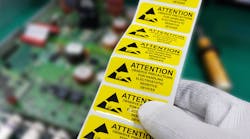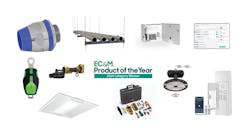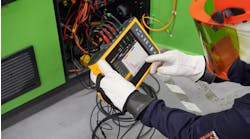Installing electronics at a facility may increase the facility’s level of sensitivity to power quality (PQ) events. There was a time when the most sensitive entity at a facility was the human eye experiencing an incandescent light bulb flickering. For this reason, a study was performed and a chart produced that describes the level of flicker irritation a person can withstand. Some electric utilities use this chart to limit flickering events caused by customers on its circuits. However, electronic equipment is much more sensitive than the human eye. Electronics can be effected by transient events as fast as microseconds. Understanding how sensitive these devices are to PQ events is another tool to support the troubleshooting effort.
Electronic equipment has protection thresholds that are available to the user to configure and meet the demands at the facility. Some users ignore these thresholds and rely on the manufacturer’s default settings, which may work in most cases but not all. As a standalone piece of equipment, the default settings might work. When used at a facility where there are multiple electronics operating at the same time, the settings may be too sensitive for it to work properly. Caution should always be exercised when adjusting settings, as this can damage the equipment when it’s not configured properly. It’s best to contact the manufacturer for support.
Equipment settings typically have two characteristics: magnitude and time. For instance, the undervoltage threshold for Equipment A can be set to 95% of nominal for 0.5 seconds before it shuts down. If Equipment B, within the same facility, is causing a 95% sag for 1 second during startup, then it’s best to review Equipment A to see if the time portion can be widened to 1.1 second, thus allowing Equipment A to ride through Equipment B’s affect on the line.
There are times when changing the equipment’s setting is not feasible. Certain equipment, such as a laser cleaning machine, has its magnitude set at 95% nominal, but its time delay was set to near immediate. We spoke to the manufacturer, and they recommended to not adjust the settings as this would effect the equipment’s performance. This is where devices such as a constant-voltage transformer or a dynamic sag corrector can be installed upstream of the laser equipment to allow it to ride through voltage sags on the lines.



